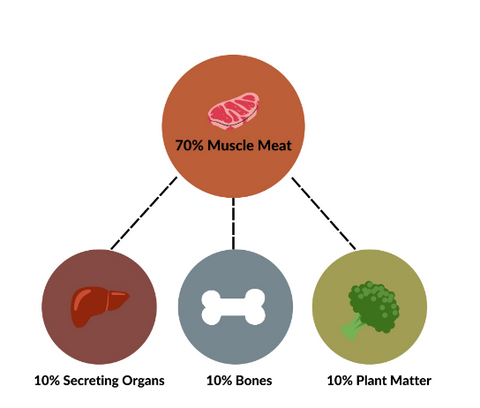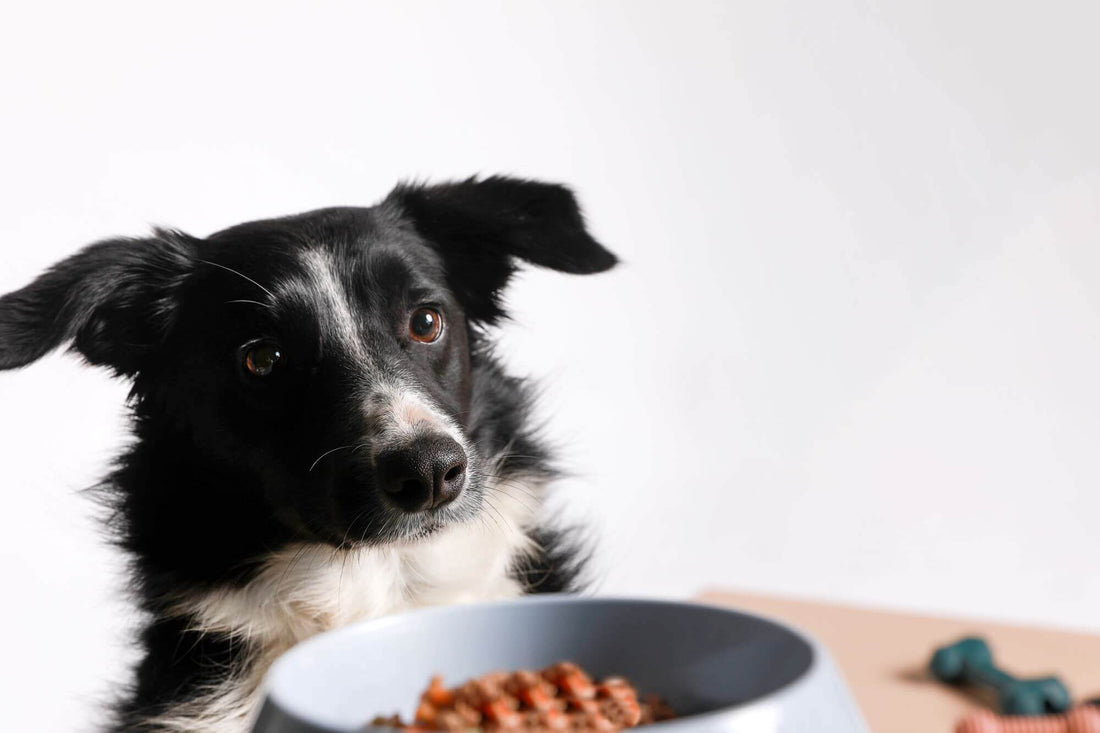The BARF diet for dogs, also known as the “biologically appropriate raw foods” or “bones and raw foods” diet, is a way to provide our furry friends with a balanced and nutritious diet. This diet is becoming increasingly popular among pet owners who want to offer their dogs a natural, whole-foods diet that can provide them with the essential nutrients they need to thrive. In this article, we'll explore the benefits of the BARF diet for dogs, and what a balanced raw food diet for adult dogs should include.
Benefits of the BARF diet for dogs
There are many benefits to feeding your dog a BARF diet. One of the biggest benefits is that it provides full visibility over the quality of ingredients used in your dog's food. With the BARF diet, you can have complete control over the ingredients you use, ensuring that your dog gets only the best-quality foods.
The BARF diet also promotes healthy aging. By providing your dog with a diet that's rich in nutrients and antioxidants, you can help them maintain good health as they age. This diet is particularly beneficial for dogs who are prone to chronic diseases such as arthritis, diabetes, and cancer.
Another benefit of the BARF diet is that it supports healthy immune system function. A diet that's rich in whole, unprocessed foods can help to strengthen your dog's immune system, making them less susceptible to infections and diseases.
Finally, the BARF diet promotes a healthy metabolism. By providing your dog with a diet that's rich in high-quality protein, healthy fats, and complex carbohydrates, you can help them maintain a healthy weight and avoid metabolic disorders such as obesity and diabetes.
What should a balanced raw food diet for adult dogs include?
A balanced BARF diet looks different for every dog, but the idea is that it’s composed of the key essential nutrients they need to function daily. Here's a breakdown of what a balanced homemade raw food diet for adult dogs should include:
> 70% lean muscle meat
Lean muscle meat should make up the bulk of your dog's diet. This can include beef, kangaroo, and other sources of meat. You can also include delicacies like hearts, lungs, spleens, tripe, tongues, and more. When selecting meat for your dog's diet, look for high-quality, organic sources that are free from antibiotics and hormones.
> 10% organs
Organ meats such as spleens, kidneys, and brains should make up 10% of your dog's diet. At least 4% of this should be liver. Organ meats are rich in nutrients such as vitamins A, D, and E, as well as minerals such as iron and zinc.
> 10% bone with cartilage
Bone with cartilage is an important source of calcium and other minerals that are essential for your dog's health. When selecting bones for your dog's diet, look for ones that are raw, fresh, and uncooked. Avoid cooked bones, as these can splinter and cause choking or internal damage.
> 10% plant matter and vitamin-rich ingredients
Plant matter and other vitamin-rich ingredients should make up the final 10% of your dog's diet. This can include vegetables like kale, carrots, and other nutrient-dense foods. Avoid feeding your dog avocados, onions, raisins, and grapes, which can be toxic.
It's important to note that the portions may vary for growing puppies. Consult with your veterinarian to create a feeding plan that's tailored to your dog's specific needs.



